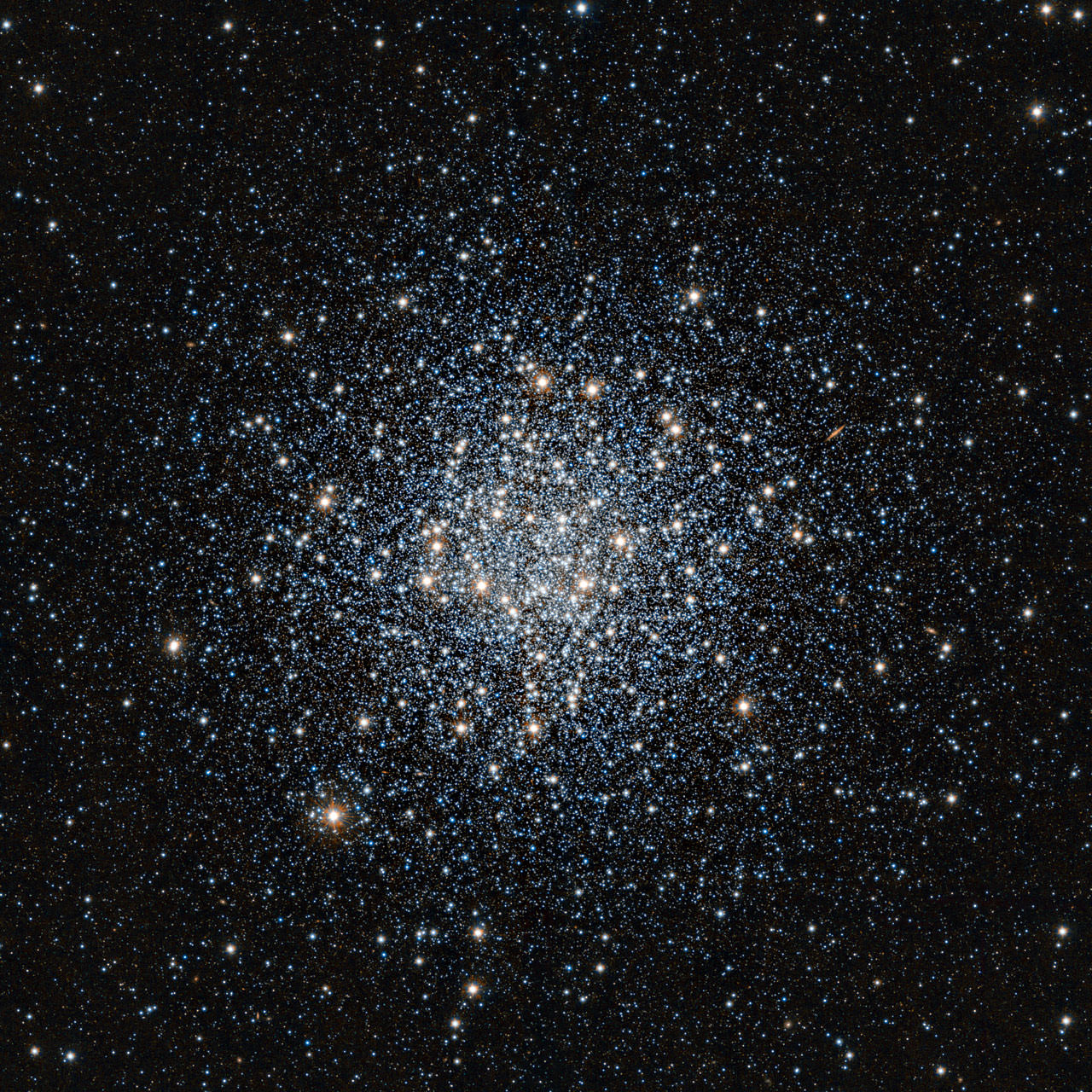As you probably know, we’ve been holding Virtual Star Parties every Sunday night, where we pull together live feeds from multiple telescopes around the world and broadcast them into a live Google+ hangout. We’ve done dozens of them now, showcasing the Moon, many of the planets, and so many deep sky objects. The response of this has been overwhelming, helping people without telescopes or terrible weather a chance to see the night sky from the comfort of their home.
We’ve held special events, broadcasting the recent solar eclipse and transit of Venus right into a Google+ Hangout. During the 6-hour marathon transit of Venus, we had almost 7,000 people joining us live.
What you didn’t know was that Google was secretly creating a documentary featuring the Virtual Star Party team. A camera crew from Google flew out to North Carolina to film +Mike Phillips, to Edwardsville to meet with +Dr. Pamela Gay, here to capture me and the family on Vancouver Island and then down to Los Angeles to meet with +Gary Gonella.
The final version of this documentary was released at the big Google I/O keynote address in San Francisco on June 27, 2012. And seriously, they did an amazing job. A huge thanks to everyone at Google+ for providing this platform to give us this ability and thanks to +Jessica Brillhart and +Owen Katz for dedicating so much time to producing this documentary. If you still think Google+ is a ghost town, I hope this will help you realize it’s one of the most vibrant social networks happening on the internet right now.
We hold these Virtual Star Parties every Sunday night, once it gets dark on the West Coast of North America (9pm Pacific in the summer). If want to watch it live, just circle +Fraser Cain on Google+, or circle the +Virtual Star Party page. Then you’ll see the hangout when it happens in the stream.


